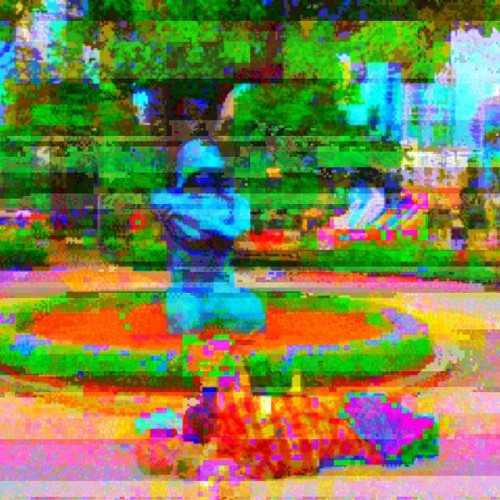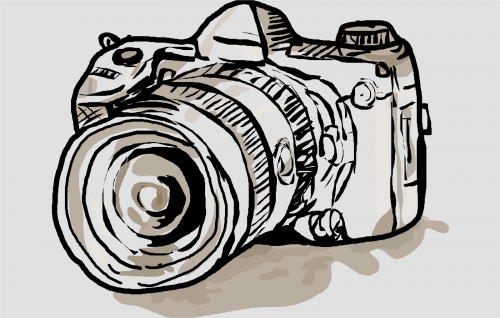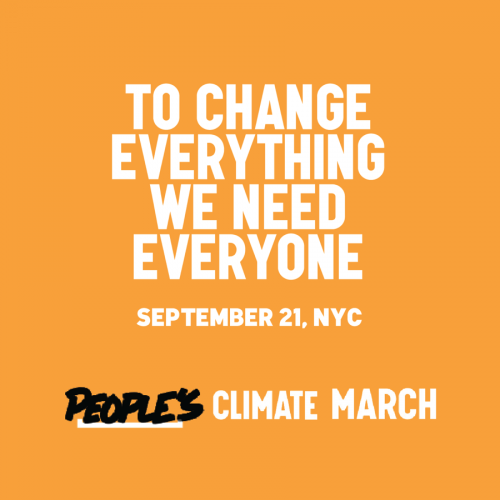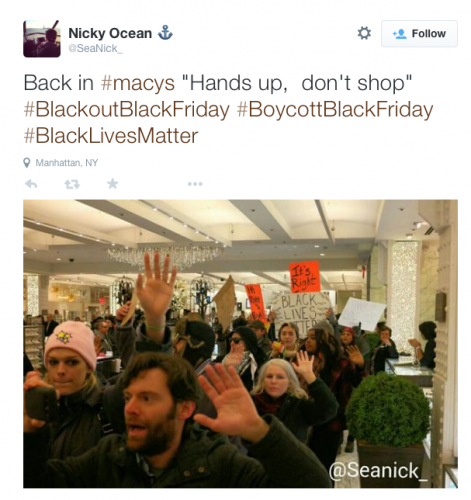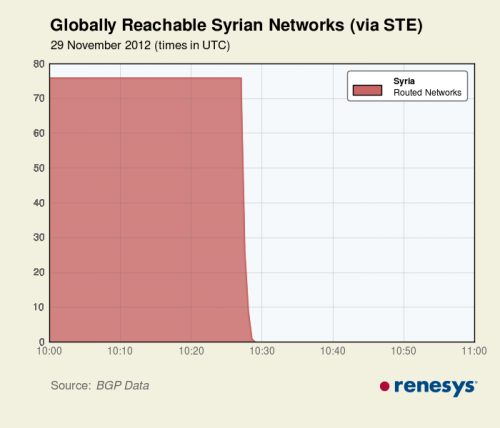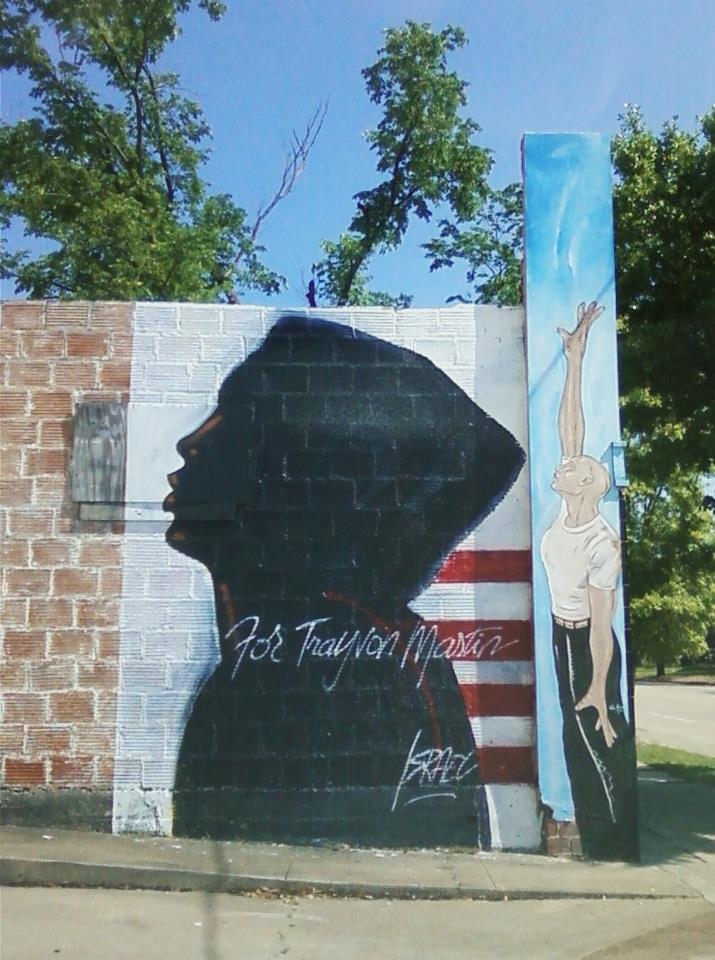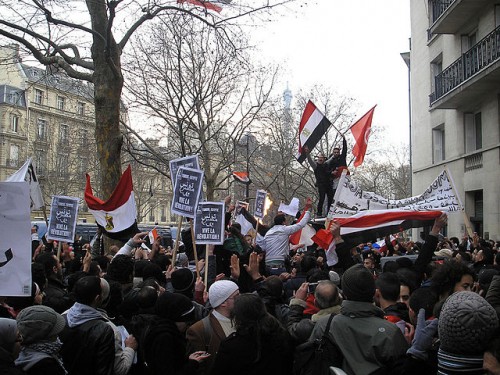FBI director James B. Comey’s recent comment that police scrutiny has led to an uptick in violence is a villainization of #BlackLivesMatter activists. I rerun this piece as a response to Comey’s position.
I am an invisible man. No, I am not a spook like those who haunted Edgar Allan Poe; nor am I one of your Hollywood-movie ectoplasms. I am a man of substance, of flesh and bone, fiber and liquids — and I might even be said to possess a mind. I am invisible, understand, simply because people refuse to see me. Like the bodiless heads you see sometimes in circus sideshows, it is as though I have been surrounded by mirrors of hard, distorting glass. When they approach me they see only my surroundings, themselves, or figments of their imagination — indeed, everything and anything except me…It is sometimes advantageous to be unseen, although it is most often rather wearing on the nerves. Then too, you’re constantly being bumped against by those of poor vision…It’s when you feel like this that, out of resentment, you begin to bump people back. And, let me confess, you feel that way most of the time. You ache with the need to convince yourself that you do exist in the real world, that you’re a part of all the sound and anguish, and you strike out with your fists, you curse and you swear to make them recognize you. And, alas, it’s seldom successful… ~Ralph Ellison (1932), Invisible Man
In what follows, I argue that the Black Lives Matter movement is a hacker group, glitching the social program in ways that disrupt white supremacy with glimpses of race consciousness. It is a group that combats black Americans’ invisibility; that “bumps back” until finally, they are recognized. As Ellison continues: more...

